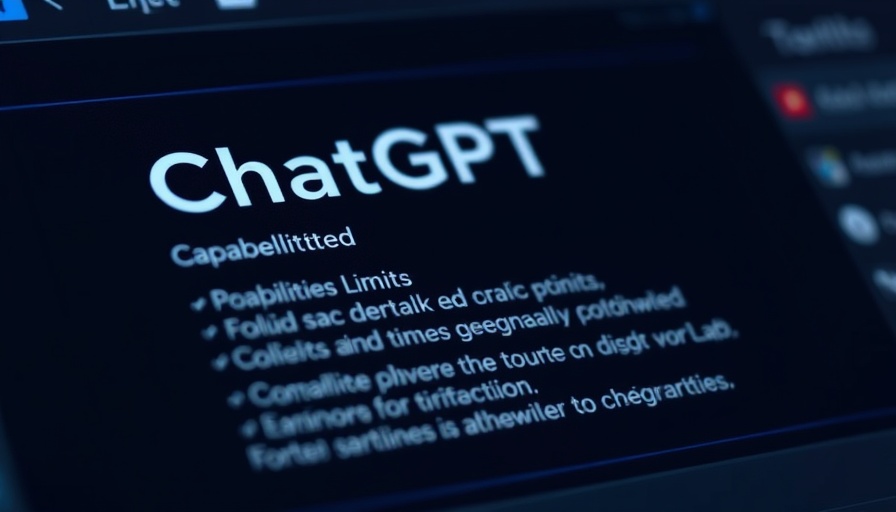
The Dual Face of AI: Bridging Connection or Widening Isolation?
As AI technology continues to permeate our daily lives, we face a dichotomy: does this innovation foster social interactions or contribute to isolation? A recent study from OpenAI and MIT’s Media Lab suggests that excessive use of AI chatbots like ChatGPT can amplify feelings of loneliness. This finding resonates deeply with a growing societal concern over the rise of digital communication superseding real human connection.
Understanding the Impact of AI on Loneliness
Dr. Vivek Murthy, former Surgeon General, previously highlighted an epidemic of loneliness exacerbated by our reliance on technology. The latest research adds a crucial layer to this argument, indicating that while AI tools can enhance productivity, they may also detract from genuine human interaction. The dichotomy becomes especially stark when examining the behaviors of “power users,” who often report lower levels of socialization despite increased interaction with these digital assistants.
AI’s Conversational Tone: A Critical Factor
The study revealed an intriguing detail: the tone of the AI's interactions influences users' emotional responses. Those who experienced monotonous, neutral exchanges reported higher loneliness, while emotionally engaging dialogues fostered a more connected experience. This highlights the significance of dynamic communication, which resonates with users on a personal level—akin to having a heartfelt conversation rather than a transactional one.
Future Trends: Preparing for the AI-Driven Workplace
With the rise of AI-driven communication, organizations must refine their approach to technology use. Employers should assess usage patterns—especially among power users—to mitigate potential downsides like emotional distress or isolation. However, this doesn't imply that AI should be abandoned. Rather, it advocates for a balanced approach where AI tools are deployed to complement, rather than replace, human connections.
Practical Insights for Organizations
As we prepare for increasingly integrated AI workplaces, fostering a culture that values human interaction is critical. Organizations can introduce regular check-ins, team-building activities, or even downtime to encourage face-to-face interactions among employees. Such initiatives can counterbalance the impending loneliness effects that the rise of AI might bring.
Awareness as a Tool for Change
Ultimately, awareness is key. Employers and employees alike should remain attuned to the emotional shifts that accompany AI usage. If companies can cultivate environments that prioritize genuine connection, they can harness AI’s capabilities while mitigating loneliness.
As we evolve alongside these technologies, it becomes essential to embrace them with caution. Will companies continue to ride the AI wave without addressing its potential mental health impacts? Awareness and proactive strategies may very well determine our social fabric in the future.
 Add Row
Add Row  Add
Add 




 Add Row
Add Row  Add
Add 

Write A Comment